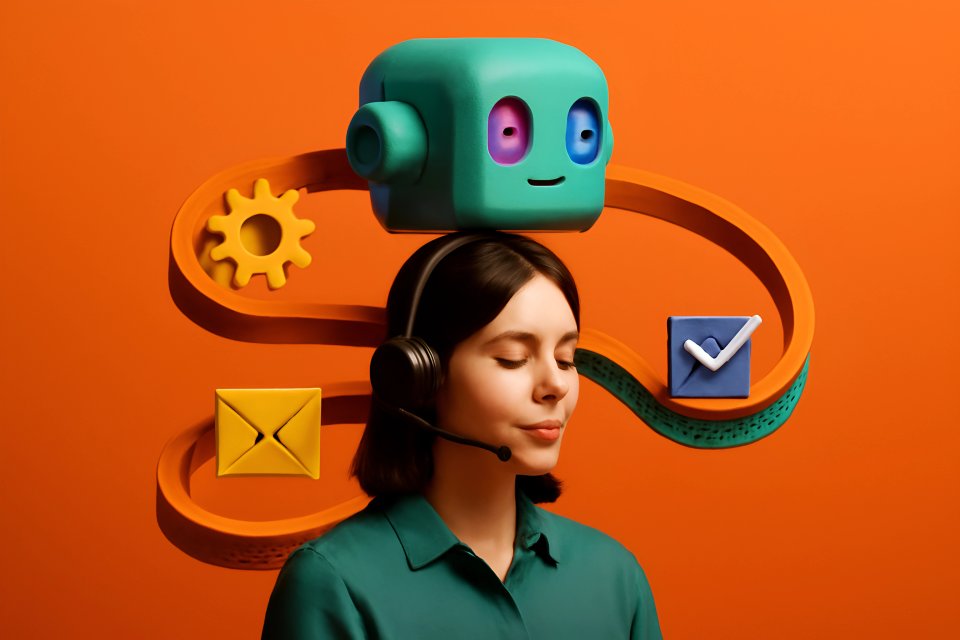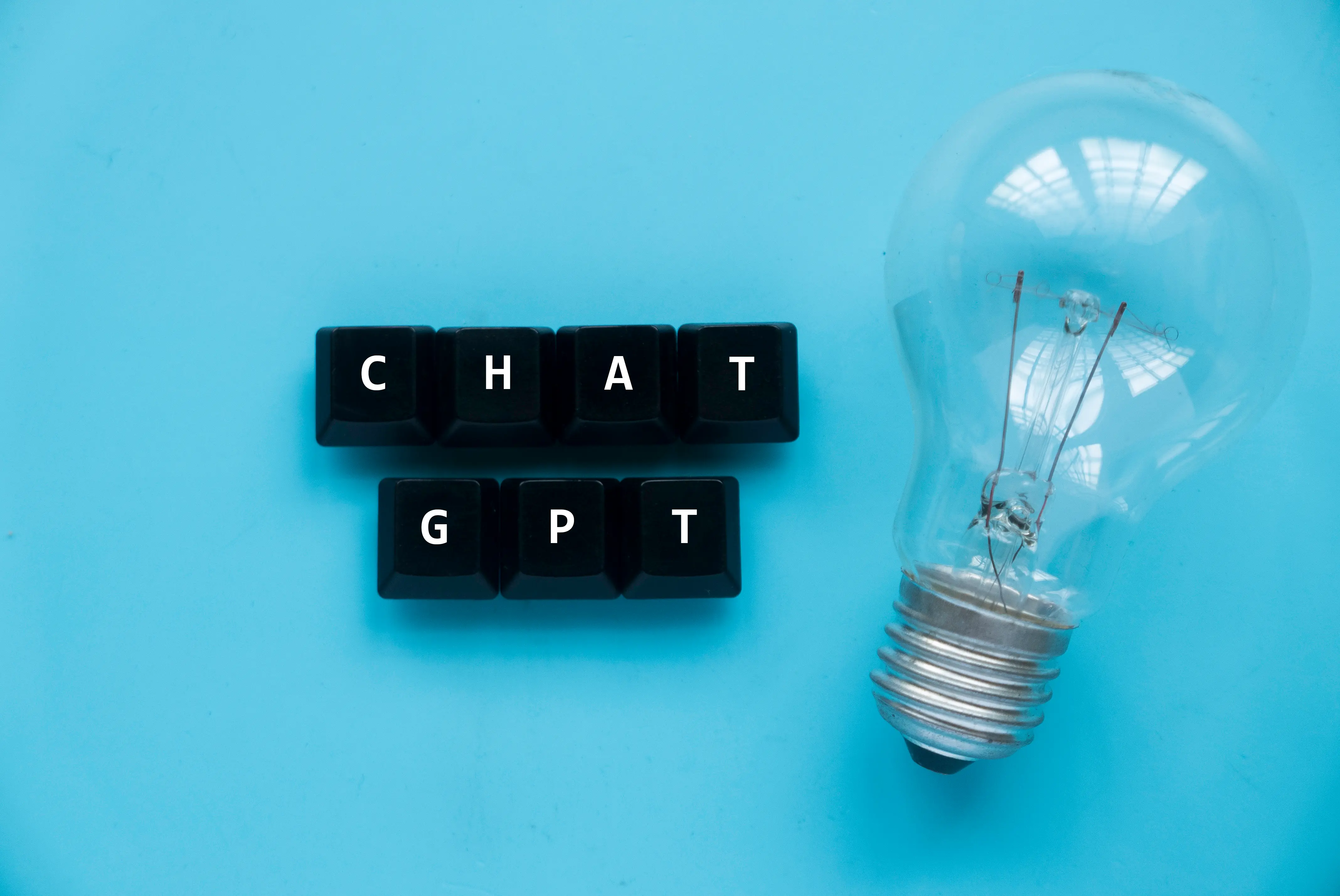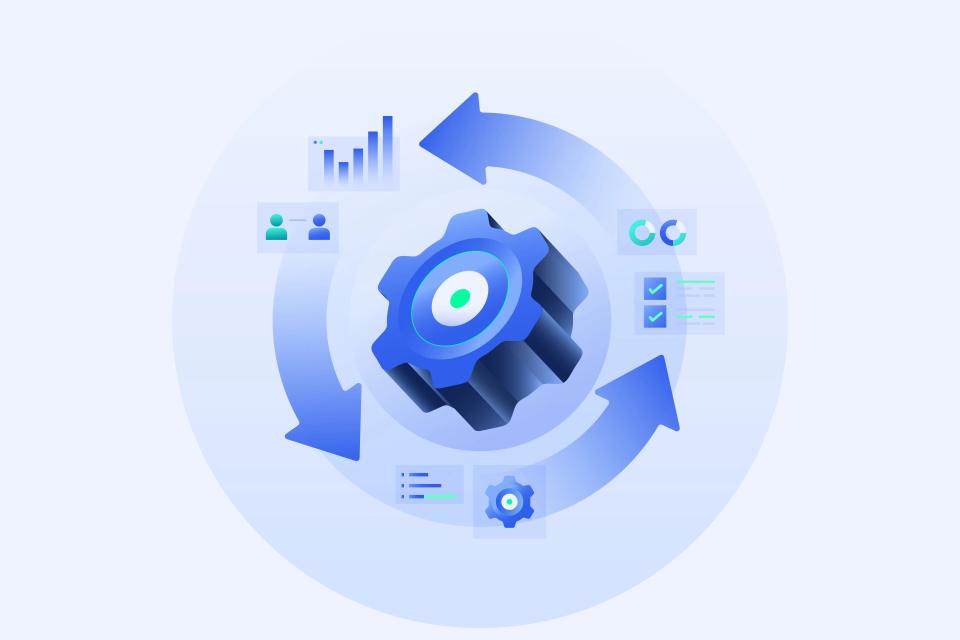
I. Introduction: Breaking Language Barriers with AI & Automation
The global marketplace offers unprecedented opportunities, yet language often remains a significant barrier for businesses aspiring to international reach. Traditional manual translation processes are notoriously slow and expensive, proving unsustainable for the dynamic demands of daily operations like customer support, real-time marketing, and internal communications. This is where the strategic integration of AI-powered translation into existing digital workflows presents a transformative solution, offering efficiency and accessibility. This beginner guide to AI translations will navigate the fundamentals of AI translation, demonstrate integration using popular no-code/low-code automation platforms such as Zapier and Make.com, and explore practical use cases to optimize your global business workflows.
II. Why Bother? The Benefits of AI Translation in Your Workflows
Integrating AI translation into your business workflows isn't just a technological upgrade; it's a strategic imperative for growth and efficiency in a globalized market. The data clearly indicates substantial benefits across various operational facets.
Expand Your Reach and Enhance Customer Experience
AI translation empowers businesses to effortlessly access new markets and diverse customer segments by speaking their language. Communicating with customers in their native tongue for support queries or product information significantly enhances their experience; indeed, studies show that 78% of online shoppers are more likely to buy if information is in their own language [9]. This capability allows businesses to tap into previously inaccessible demographics, fostering loyalty and driving international sales.
Boost Efficiency and Achieve Significant Cost Savings
Automating repetitive translation tasks frees up valuable human resources, allowing your team to focus on more strategic initiatives. The efficiency gains are substantial, with some businesses reporting up to a 70% reduction in manual translation effort [1]. Furthermore, AI translation is significantly more cost-effective than manual methods for many common use cases; manual translation can cost between $0.10–$0.30 per word, while AI services can process vast volumes at a fraction of this price [11], [2].
Achieve Unprecedented Speed, Scalability, and Improved Internal Collaboration
AI translation tools can translate content at a speed and volume that manual processes simply cannot match, allowing businesses to scale their multilingual operations rapidly. This speed is crucial for time-sensitive communications and handling large influxes of content as your business expands globally. Internally, AI translation facilitates smoother communication within multilingual teams, breaking down silos and fostering a more collaborative environment, which is essential for cohesive AI-powered workflow automation.
III. Understanding the Core Components
To effectively integrate AI translations, it's crucial to understand the fundamental technologies at play. These components work in concert to deliver automated, multilingual capabilities.
What are AI Translation Services?
AI translation services are sophisticated software applications powered primarily by Neural Machine Translation (NMT). NMT models analyze entire sentences and their context, rather than translating word-by-word, leading to more natural and accurate translations. Key players in this space, offering robust APIs for automation, include Google Translate API, DeepL API, and Microsoft Translator API. For instance, Google's NMT, as part of its Cloud Translation services [15], supports a vast number of languages and is continuously refined.
What are Workflow Automation Platforms?
Workflow automation platforms like Zapier, Make.com, and n8n are digital tools designed to connect different web applications and automate tasks between them without requiring manual intervention. These platforms operate on the principle of "Triggers" (an event in one app that starts the automation) and "Actions" (a task performed in another app as a result). For example, a new email in Gmail (trigger) could initiate an action to translate its content using an AI service. You can explore more about these AI automation tools to understand their broader applications.
How They Work Together: The Magic of APIs
The connection between AI translation services and workflow automation platforms is facilitated by Application Programming Interfaces (APIs). An API acts as a messenger, allowing these distinct software services to communicate and exchange data securely and efficiently. Automation platforms simplify the use of these APIs, often providing user-friendly interfaces that abstract away the coding complexities, enabling a no-code translation setup. This ease of use is a cornerstone of modern AI for global business [3].
IV. Getting Started: Integrating AI Translations – A Step-by-Step Approach
Embarking on AI translations integration can seem daunting, but a methodical, step-by-step approach simplifies the process. The key is to start with clear objectives and build complexity gradually.
Step 1: Identify Your Translation Needs & Use Cases
The initial analytical phase involves pinpointing precisely what content requires regular translation. Consider customer support emails, social media engagement, product descriptions for e-commerce, or internal documentation for multinational teams. Quantify the volume of this content and the required turnaround time for each use case. It's also critical to assess the level of accuracy needed; while AI translation is remarkably advanced, high-stakes content such as legal documents or flagship marketing campaigns might still benefit from a human review stage.
Step 2: Choosing Your AI Translation Tool
Selecting the appropriate AI translation tool requires a comparative analysis based on your specific needs.
- Google Translate API: Offers extensive language support (over 100 languages) and is well-suited for general-purpose translation tasks. It's known for its broad integration capabilities [4].
- DeepL API: Renowned for its high accuracy, particularly for European language pairs, and often preferred for content where nuance is critical. Recent updates include a next-gen LLM model that reduced required edits by 1.7x for Japanese translations [5].
- Microsoft Translator API: A strong contender, especially within the Azure ecosystem, offering robust enterprise features and custom translation models [6].
Factors for your evaluation matrix should include language pair support, documented accuracy rates for your target languages, API call limits and associated pricing structures, and the ease of integration with your chosen automation platform.
Step 3: Choosing Your Automation Platform (if you don't have one already)
If your organization hasn't yet adopted an automation platform, several user-friendly options cater well to beginners. Zapier is known for its simplicity and vast library of app integrations [7]. Make.com (formerly Integromat) offers more visual and complex scenario building [8], while n8n provides a self-hostable option for greater data control [13]. Your selection criteria should include the availability of native integrations with your chosen translation service or, at a minimum, straightforward HTTP/API modules for custom connections.
Step 4: Building Your First AI Translation Workflow (The "Recipe" Approach)
The most effective way to begin is by implementing one or two simple, high-impact automation "recipes." This hands-on experience provides immediate value and learning.
Example 1: Automating Translation of Customer Support Emails
- Scenario: Your business receives customer support emails in various languages via a shared Gmail or Outlook inbox.
- Automation Platform: Zapier (or Make.com).
- Trigger: A new email arrives in a specifically designated folder or receives a particular label (e.g., "Translate_Request").
- Action 1: The content of this email is automatically sent to your chosen AI translation service, such as the Google Translate API or DeepL API. For instance, a Zapier integration can translate new Google Docs using Translate by Zapier [16], and a similar principle applies to emails.
- Action 2: The translated text is then used to create a new draft reply in the original email thread, posted to a dedicated Slack channel for the multilingual support team, or used to update a ticket in your CRM system.
Connecting these services typically involves authenticating your accounts within the automation platform and then mapping the relevant data fields (e.g., "email body" from the trigger app to "text to translate" in the action app).
Example 2: Translating Social Media Mentions or Content for Scheduling
- Scenario: You need to monitor brand mentions across social media in multiple languages or prepare multilingual content for scheduled posting.
- Automation Platform: Make.com (or Zapier).
- Trigger: A new brand mention is detected by an integrated social listening tool, or a new row containing content to be translated is added to a Google Sheet.
- Action 1: The text from the mention or Google Sheet row is sent to an AI Translation service like DeepL via Make.com [17] or n8n [18].
- Action 2: The translated text is then stored back into the Google Sheet, forwarded to a social media scheduling tool (like Buffer or Hootsuite), or used to notify the marketing team via a Slack message.
The beauty of these platforms lies in their no-code or low-code nature, allowing users to visually construct these workflows by connecting app modules without writing complex scripts.
V. Practical Tips for Successful AI Translation Integration
Successfully integrating AI translation into your workflows requires more than just setting up the technology; it involves ongoing management and strategic oversight. Adherence to best practices will maximize benefits and mitigate potential issues.
Start Small & Iterate for Continuous Improvement
Resist the temptation to automate all translation needs simultaneously. Begin with one or two well-defined, high-impact use cases, measure their performance, and then iterate. This phased approach allows for learning and refinement, ensuring that each subsequent automation is more effective. For example, A/B testing different translation engines or prompts for a specific content type can yield valuable data on quality and cost-effectiveness.
Understand AI's Limitations and Implement Human Oversight
While AI translation has made remarkable strides, it is not yet infallible, especially with nuanced language, idioms, and deep cultural context. For critical content such as legal agreements or high-value marketing copy, AI should be viewed as a powerful assistant, not a complete replacement for human translators. Implementing a "human-in-the-loop" system is crucial; this involves having a human review and edit AI-generated translations before publication or final use. This review step can itself be part of an automated workflow, where the AI translation triggers a task for a human reviewer in a project management tool.
Manage Costs and Ensure Data Security
Be vigilant about the pricing models and API call limits of your chosen translation services. Unmonitored usage can lead to unexpected expenses, so implement tracking and alerts. Furthermore, exercise caution regarding data privacy and security, especially when translating sensitive or confidential information. Understand the data handling policies of third-party translation services and consider on-premise solutions like n8n for highly sensitive data, which can be part of robust AI-driven performance optimization.
Test Thoroughly and Maintain Consistency
Rigorous testing of your automated translation workflows is non-negotiable. Test with various languages, content types, and potential edge cases to ensure reliability and accuracy. As you scale your multilingual operations, consider developing a glossary of approved terms and a style guide. While this is a more advanced step, it helps maintain brand voice consistency across all translated materials, ensuring a cohesive global presence.
VI. Common Pitfalls to Avoid
While the benefits of AI translation integration are compelling, several common pitfalls can undermine success if not proactively addressed. Awareness of these potential issues is the first step in effective risk mitigation.
Over-Reliance on Raw AI Output
A frequent error is blindly trusting AI-generated translations, especially for customer-facing or legally sensitive content. The data shows that while AI is highly accurate for many scenarios, direct translations can miss cultural nuances, potentially leading to awkward phrasing or, in worse cases, offense [10]. Always factor in a review stage for critical communications.
Ignoring Cultural Nuances and Context
Direct, literal translations often fail to capture the intended meaning or cultural relevance in the target language. This is particularly true for marketing slogans, idiomatic expressions, and humor. Failing to adapt content culturally can render it ineffective or even detrimental to your brand image. This highlights the importance of localization strategies for global SEO that go beyond simple word replacement.
Selecting Inappropriate Tools or Mismanaging Costs
Choosing an AI translation tool or automation platform that isn't well-suited for your specific language pairs, content volume, or technical capabilities can lead to inefficiencies. Not all translation APIs perform equally across all languages. Similarly, underestimating API usage or failing to monitor costs can result in unexpected financial burdens, negating some of the cost-saving benefits. For instance, some services charge per character, and high-volume, unmonitored automation can quickly escalate expenses [2].
Insufficient Testing and Lack of Iteration
Launching automated translation workflows without thorough testing across various scenarios is a recipe for errors and broken processes. Translations might be inaccurate, formatting could be lost, or the automation itself might fail under certain conditions. Furthermore, failing to iterate and refine workflows based on performance data and user feedback means missing opportunities for optimization and improvement. Effective multi-site localization workflows require continuous evaluation.
VII. Conclusion: Your Gateway to a Global Audience
The convergence of AI-powered translation and workflow automation represents a paradigm shift for businesses aiming to operate on a global scale. As this guide has demonstrated, the tools and techniques to break down language barriers are more accessible than ever, even for beginners. By strategically implementing AI translations integration, companies can significantly expand their reach, enhance customer experiences, and boost operational efficiency within their global business workflows.
The journey begins with understanding your needs, selecting the right tools, and starting with a single, manageable automation. The analytical approach—measuring impact, iterating on processes, and understanding limitations—is key to unlocking the full potential of this technology. The path to a truly global audience is paved with intelligent automation.
VIII. Call to Action
- What AI translation automation will you build first to enhance your global reach? Share your ideas and challenges in the comments below!
- Explore our other guides on Zapier, Make.com, and the broader field of AI automation to further your learning. [Link to The AI Automation Guide's category page on Automation Platforms]
- Sign up for our newsletter for more expert tips, data-driven insights, and practical tricks from The AI Automation Guide. [Link to The AI Automation Guide's newsletter signup]
IX. About The AI Automation Guide
The AI Automation Guide is dedicated to demystifying artificial intelligence and automation for businesses and individuals. We provide practical, data-backed insights and actionable guides to help you optimize processes, improve efficiency, and leverage cutting-edge technology. Our focus is on measurable results and empowering our readers to make informed decisions in their automation journey, drawing from expertise in workflow optimization and performance metrics.











